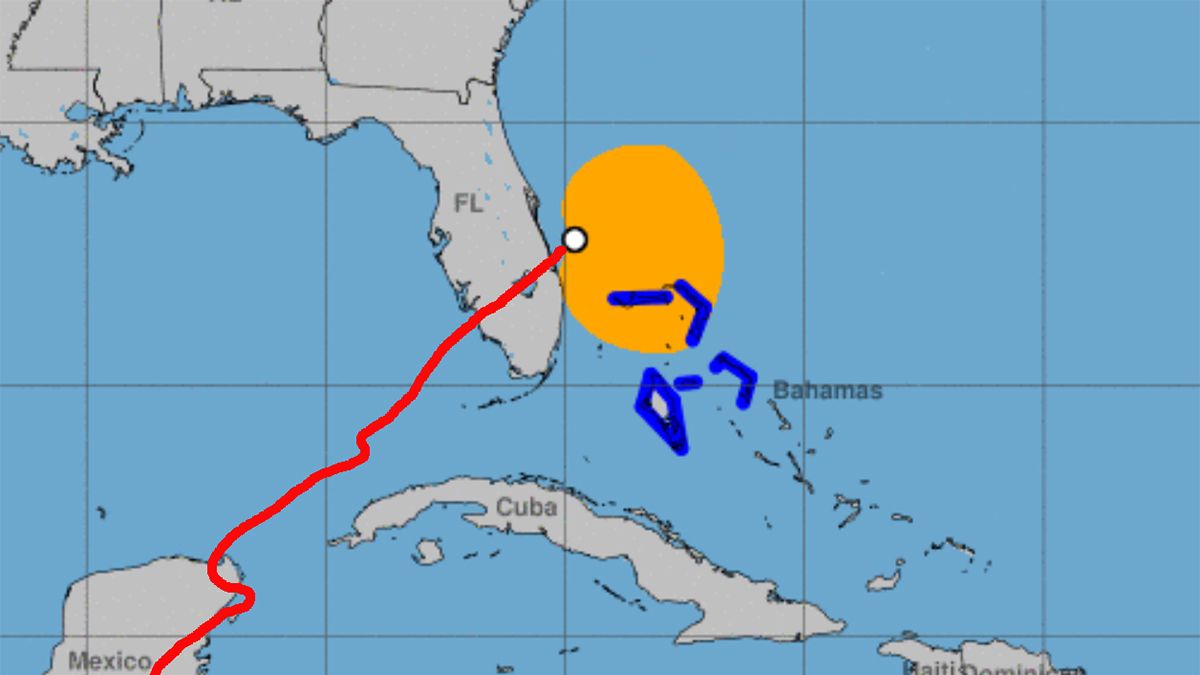Its unorganized vortex ejected most of the winds to the east and southeast, and dumped heavy rains on southern Florida, including the Miami metropolitan area.
According to the report, Miami accumulated 10 inches (254 millimeters) of rain between Friday and Saturday, which caused flash flooding in some streets and the obstruction of vehicular traffic.
At least one tree fell on a house in Pompano Beach, although it did not cause injuries to those who lived in the house.
Background
Hurricane Agatha entered the extreme south of Mexico from the Pacific Ocean with winds of 105 miles per hour, about 165 kilometers per hour, but in just a few hours it lost strength as it passed through the mountains of the Sierra Madre Oriental, and its remnants headed toward the southern end of the Gulf of Mexico before entering Florida.
hurricane season
The cyclonic season began on June 1 and the National Oceanography and Atmospheric Science Authority (NOOA) forecasts that it could be more active than normal, given the presence of the natural phenomenon La Niña, which tends to reduce the flow of cutting winds, which They do so much damage to cyclones.
The report raises the possibility of 14 to 21 storms with winds greater than 39 miles per hour, about 62 kilometers per hour.
Of those, six to 10 would be hurricanes and three to six could exceed winds of 111 miles per hour, about 178 kilometers per hour.
Let us remember that the forecast is subject to change, depending on the development of temperature and winds in the sea and the lower layers of the atmosphere, and that the figures indicated do not apply only to a specific area, but to the entire Atlantic zone, including Caribbean Sea and Gulf of Mexico.
A “normal” cyclonic season supposes the creation of 14 tropical storms and seven hurricanes, three of them major.
The last two seasons have also been more active than normal, with a record 30 storms in 2020 and 21 cyclonic events in 2021.
–

/data/photo/2021/11/20/6197e50e456fb.jpg)
